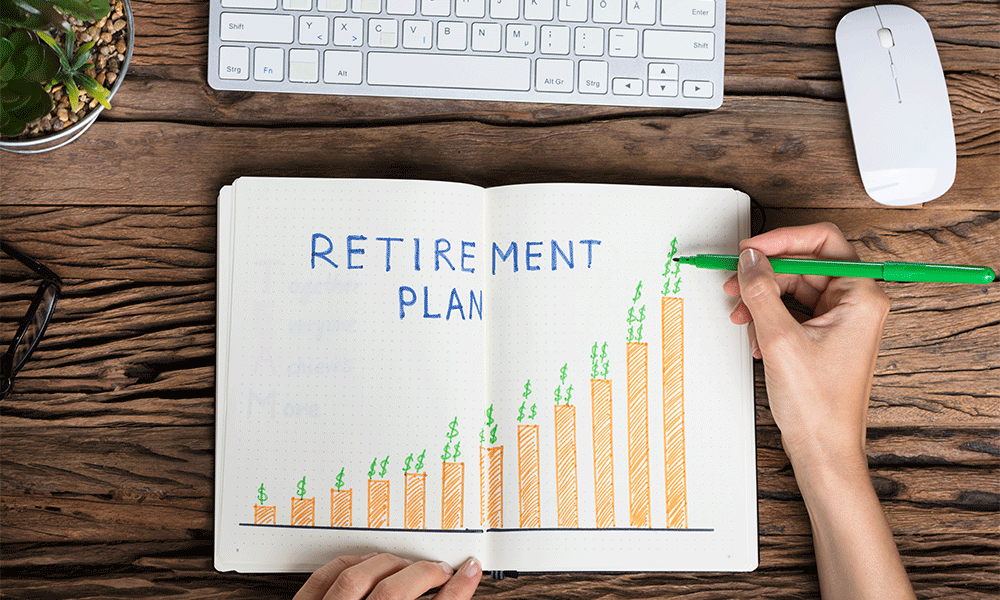How physicians can prepare for retirement
Do not wait for current uncertainties to subside to begin your plans.

Retirement planning is an arduous and technical process that may elicit feelings of pressure and anxiety. We wrote about how the 2019 Retirement Confidence Survey Summary Report found that only 42% of Americanshave calculated how much they need for retirement. The story may differ depending on your source of income, but the basics remain the same. For physicians who dedicate their lives to their patients, this may not always be something that they are thinking about, especially when paying off student loan debts from medical school is a financial priority.
Given the current situation, reports have shown that despite the extra hours clocked in by frontliners, doctors are losing pay, hours, and benefits. An ER physician in Washington DC even learned that their employer was going to cut their 401(k)-retirement plan, health savings account contribution, and paid leaves. The healthcare system appears to be crumbling, with furloughs left and right despite the need for extra hands on deck.
With this in mind, here’s how you can start preparing for retirement as soon as possible:
Trending: 11 strategies for discussing diet and nutrition with patients
Spread out money
Regardless of your flow of income as a physician, it’s wise to spread out your money. An article by Marcus on CD ladders covers how to spread out a sum of money across several CDs, each with their own maturity rates. A CD, or Certificate of Deposit, has higher interest rates that make you wait until a CD matures before withdrawing a sum-so you can let your money grow without thinking too much about it. If you don’t immediately access funds, this sum will roll-over to another CD, augmenting a sum on a longer-term CD. Building a CD ladder is quite literally what the name implies, as the money you place in each CD will come at different intervals until you reach the highest yield. With less risk, this is a strategic option for physicians given the financial uncertainty faced by healthcare systems and networks brought about by the current situation.
Consider passive income
Creating a passive income stream takes some dedication and weighing up various options. Sam Dogen of Financial Samurai says that a rental property is a tangible option if you are in the position to invest in one. It could be a property you have purchased for yourself to use in retirement after years of hard work, which can then be paid off by temporary tenants. If your investment portfolio has a high percentage in real estate, then this can reflect. If you do this early on, then the property can also appreciate in value and result in tax savings. The most work you will have to put into considering real estate as a form of passive income is educating yourself and walking through the process in the beginning, to be able to deal with potential hiccups from tenants along the way. You may even opt for property management to do this work for you. While this may decrease your income from the property, it could save you a lot of time and energy in return.
Read More: How to resume your practice as the country reopens
Act now, enjoy later
Roth IRAs allow assets to grow tax-free, which gives retirees lots of flexibility when rates may fluctuate and be unstable. This prevents you from having to pay off income taxes in the future, but most physicians are not eligible for Roth IRAs because of their income level. As an alternative, they can opt for a Backdoor Roth IRA – which despite its name – is actually legal. This allows them to fund a regular IRA and then convert it to a Roth IRA. There may be expenses upfront, but you will reap the tax benefits afterwards. Contributions grow tax-free, and you will also be able to make tax-free withdrawals.
There may be a lot of uncertainty right now, and news about the current landscape may change every day. But as a physician, you should not wait any longer before looking out for and securing your own future.
Health care’s 2025 revenue cycle imperative: Reduce administrative waste
January 22nd 2025Given that so much of the high costs associated with running a healthcare business remains outside of the organization’s control, financial leaders will have to consider how they can impact the one area that is in their control in 2025: reducing administrative waste.